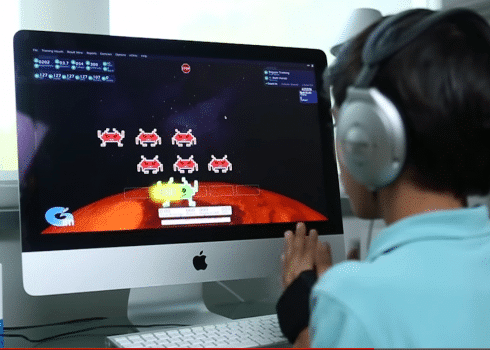Making IM training work for children on the spectrum

Autism and IM
There are many people who choose not to do IM training with their patients who are affected by autism. Some may think the child will never catch on to the program or he will refuse to follow direction and do their own thing in order to hear the certain tones. While this may be true for some, it is not true for all!
IM training can actually be quite intriguing for them, as many children enjoy the different tones and colors. When working with someone who has autism, you must remember to watch for overstimulation from the guide sounds or the training visuals, especially with some of the newer games.
But never fear! You can control settings for both within the program. Visually, you may want to choose a more simple graphic, or you may choose to turn the visual off altogether. For sound, you can control the volume of any of the tones individually. This way you can customize the auditory feedback by making certain tones louder or softer than others. It is a great way to help children work through IM training without overwhelming their sensory system.
Sensory issues can be profound during IM training; after all, we are making new pathways in the brain. Some people may require nothing else to be in the room–no equipment, no other people etc. Others may require a lot of supportive sensory feedback, such as sitting on a big therapy ball while their bare feet are on a rockerboand covered in fuzzy carpet.
Each client is different, so don’t be afraid to try new things. It’s really a bit of trial and error; listen and observe your patient to make the right choices in their treatment plan.
So, if you are on the fence about using IM training with your clients who are affected by autism you should definitely give IM a try!

